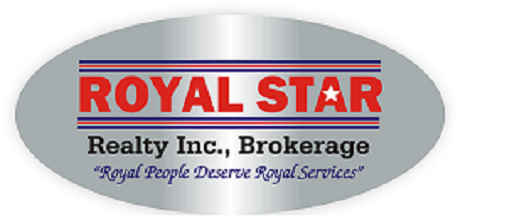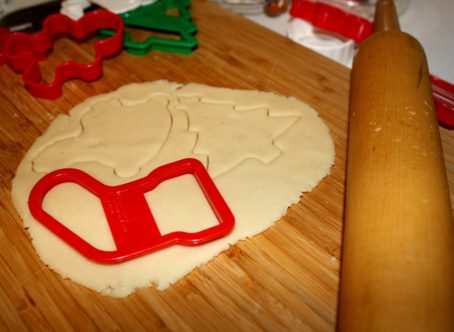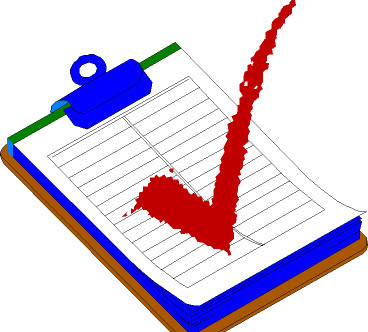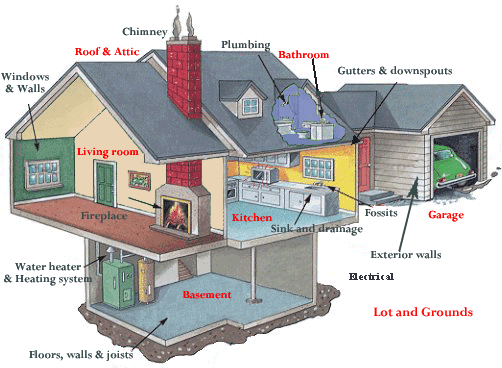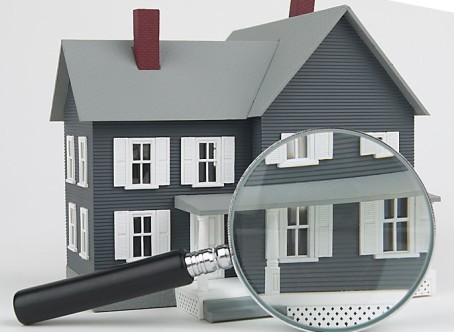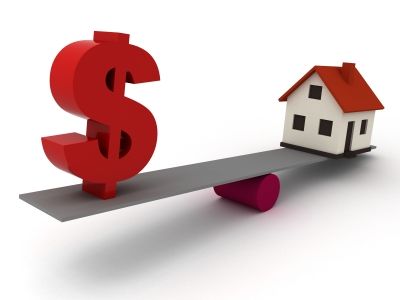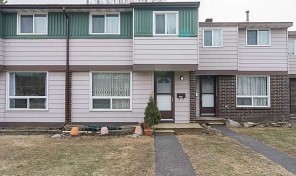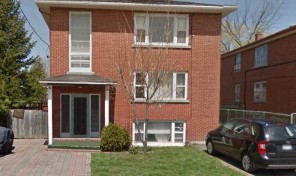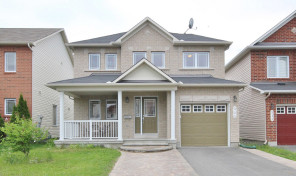All posts in Blog
Members of the Ottawa Real Estate Board sold 1,167 residential properties in March through the Board’s Multiple Listing Service® system, compared with 1,388 in March 2012, a decrease of 15.9 per cent.
“The Ottawa market has been described as steady and stable for the past few years. It’s not going up drastically, and it’s not going down drastically,” says Tim Lee, President of the Ottawa Real Estate Board. “The market was forecasted to slow down in 2013 as a result of recent mortgage changes, and indeed it has.”
“According to chief economists at the Canadian Real Estate Association (CREA) and intelligence garnered from large mortgage lenders, large mortgage brokers, and large real estate brokers, the most recent changes to mortgage rules and guidelines has largely impacted first-time buyers by forcing them to focus on more affordably priced homes.
They were, to a much lesser extent, priced out of the market,” explains Mr. Lee. “When the changes were first announced, those who were actively shopping had to re-evaluate how much home they could afford to finance. Another factor for the slow-down of the Ottawa market could be the role of public service employment cuts in the local economy.”
March’s sales included 253 in the condominium property class, and 914 in the residential property class. The condominium property class includes any property, regardless of style (i.e. detached, semi-detached, apartment, stacked etc.), which is registered as a condominium, as well as properties which are co-operatives, life leases and timeshares. The residential property class includes all other residential properties.
The average sale price of residential properties, including condominiums, sold in March in the Ottawa area was $358,102, an increase of one per cent over March 2012. The average sale price for a condominium-class property was $267,604, a decrease of 4.1 per cent over March 2012. The average sale price of a residential-class property was $386,197, an increase of 2.7 per cent over March 2012. The Board cautions that average sale price information can be useful in establishing trends over time but should not be used as an indicator that specific properties have increased or decreased in value. The average sale price is calculated based on the total dollar volume of all properties sold.
The MLS® system is a member based service, paid for by the REALTOR® members of the Ottawa Real Estate Board. The MLS® mark symbolizes the cooperation among REALTORS® to affect the purchase and sale of real estate through real estate services provided by REALTORS®. MLS® commercial and residential listings are available for viewing on the Board’s internet site at www.OttawaRealEstate.org and on the national websites of The Canadian Real Estate Association at www.REALTOR.ca and www.ICX.ca.
Read moreWhen you initially buy your house, chances are you will pay more each month than you would if you were renting a comparable house. Your mortgage payments will include property taxes and homeowner’s insurance, raising your monthly rate. But rents increase over time in accordance with inflation and changing property values, while a fixed mortgage rate does not change for the entire length of its term. According to Ginnie Mae, it takes only two years for the cost of renting to exceed the cost of a mortgage, once you take the tax advantages into account.
Taxes
-
When you buy a home you become liable for property taxes, which your bank will prorate and include in your monthly mortgage payment. But you can also take advantage of a homeowner’s deduction on your federal income tax, which allows you to write off the amount that you pay in mortgage interest. Mortgages are set up through a process called “amortization,” which allocates a disproportionate amount of your payments during the first few years toward the interest you owe. Over time, your mortgage payments begin to cover more principal and less interest, reducing your tax benefits.
-
Sponsored Links
- Mortgage Rates Deals , Get Canada’s Best Mortgage Rates From Mortgages 4 Tomorrow
Repairs
-
As a renter you are not responsible to pay for repairs on your house or apartment, unless you have caused the damage yourself. But as a homeowner you are responsible for virtually all of the costs of maintaining and repairing your home. Some maintenance and repair costs can be quite pricey, such as the cost of replacing your roof or your furnace. If you are thinking about buying a home, make sure you have enough money in savings to cover unexpected — and expected — repairs.
Equity
-
Buying a house provides you with an enforced savings plan, as the money you pay toward your monthly mortgage goes toward your ownership stake in your house. Once you decide to sell your house you can reap the benefit of this investment, provided you have stayed there long enough to begin building equity, or ownership stake. According to a Federal Reserve survey cited by MSN Money, the net worth of the average homeowner with an annual income ranging from $30,000 to $49,999 is $126,500, while the average net worth of a renter with a comparable income is $10,600.
Attend your home inspection to see first-hand what the inspector notes, and learn some important details about the house , like how to use the water, sprinklers, heater, electricity, etc.
• Wear casual clothes and comfortable shoes. You may find yourself crawling under and behind things to see what the inspector is pointing out.
• Plan for the inspection to take two or three hours.
• Bring pen and paper, copies of any inspection reports provided by the seller, and any disclosure reports that identified past problems so the inspector can follow up.
• Feel free to ask questions, but give the inspector time and space to work.
Here are few common problems that general home inspections bring to light.
1. Plumbing:
• Leaking around exposed pipes, particularly with washing machines.
• Outdated pipes. It’s common to find old Polyethylene pipes, which your inspector will recommend replacing.
2. Electrical:• Ungrounded outlets. You can recognize these by their two-slot configuration versus the three-slot configuration of a grounded outlet. Most inspectors will recommend that you upgrade to grounded outlets.
• Improperly wired breaker boxes. Common hazards include two circuits on a single-pole breaker, oversize breakers, double-pole breakers that supply two single circuits, and wires that cross over the panel’s center.
3. Heating:
• Leaks in piping or heating unit; air ducts that need cleaning.
• Not enough insulation. Insulation requirements vary by location, but an improperly insulated home will always lead to high energy bills.
4. Drainage:
• A wet basement is a problem because it indicates that water isn’t properly draining away from the home.
• Mold in the air. When water isn’t draining properly, it can result in mold in the air. Mold can also be a byproduct of dry rot.
5. Roof:
• Torn and cracked shingles, or flashing that’s not properly installed. Each of these can cause roof leakage.
6. Walls:
7. Dry rot:
• This occurs when fungus grows in your home’s wood due to high condensation. The affected wood will have to be replaced.
• Another main concern is figuring out why the condensation is occurring in the first place.
Home Inspection Myth: You don’t need a home inspection for a newly constructed home. Not so. Property defects come up on new construction all the time. Just because the house is new doesn’t mean it was built properly.
Home Inspection Myth: You don’t need a home inspection if you’re buying a home warranty. Home warranties rarely cover everything. You’ll want to know of any potential problems before your closing so that you the seller can take care of them.
In your excitement to buy a home, it’s easy to miss a small crack in the foundation, some leaky pipes under the house, or a roof that needs to be replaced.
The sellers worked hard to make the home look as desirable as possible, but looks don’t tell the whole story. That’s where your home inspection comes in.
What about inspections for sellers?
For sellers, a home inspection is also a good idea prior to listing the home for sale. An inspection can help you turn up issues ahead of time so there will be no surprises when serious buyers start inquiring. Knowing in advance means you’ll be able to consider all your options – either making repairs before listing or pricing your home to account for anything you’re not going to fix.
For more information about inspections for home sellers, see the Tips on Selling a House.
What does a home inspection include?
A general home inspection will evaluate the house and adjoining structures from top to bottom, inside and out, including but not limited to:
Outside
Roof, porches, driveways, garage, drainage, retaining walls, grading, and plants or vegetation that may impact the home’s condition
Inside
Electrical and plumbing systems; foundation; heating, ventilation and air conditioning systems; water heater, septic system, electrical system, windows, doors, floors, ceilings and walls
What a home inspection doesn’t cover
The home inspector can’t make any alterations in the course of inspecting a home – so there’s no digging up the ground, lifting carpets, knocking out walls, etc.
Also consider that a home comprises tens of thousands of parts, pieces, nooks and crannies. An inspector will look at a representative sampling, but there’s simply no way to check every single element.
Examples of specialized inspections:
• Sewer inspection
• Chimney inspection
• Mold inspection
• Lead inspection
• Asbestos inspection
• Pest inspection
• Inspection of a special feature such as swimming pool or hot tub
Easily fixed pipes or a few outdated electrical outlets are no reason to back out of a deal. However, other issues that come up during a home inspection should give you pause to think about whether or not to proceed.
Here are some red flags that warrant closer attention.
1. Water intrusion and grading problems Water in the basement, condensation on the walls and mold in the air indicate moisture and drainage problems that could cost a lot of money to fix. These issues often suggest improper grading.
2. Structural damage Cracks in walls, ill-fitting windows and doors, and visibly shifted bricks on the exterior are all signs of structural damage. Your cost to fix these types of problems? Anywhere from $20,000 to $200,000.
3. Roof repairs Old shingles, water stains on the ceiling or rotting rafters are all signs that the roof may need to be replaced. This is another extremely expensive undertaking, so pay close attention during the roof inspection.
4. Window replacement Windows that don’t work, fit the frame poorly or show condensation between the panes may need to be replaced. Depending on the number of windows, this could easily run between $5,000 and $8,000.
5. Insect infestation A general inspection should show you whether the home has a pest problem, which may prompt a need for a more detailed report from a specialist. This is a serious issue because some pests can cause structural damage.
Read moreA home inspection isn’t just for buyers. It’s also something sellers should seriously consider before putting their house on the market.
Why? Quite simply, you don’t know what you don’t know. Imagine getting a great offer on your home only to discover, during the middle of the process, that it needs considerable repairs.
This is the kind of surprise that can lead to buyers pulling out, costing you time and money on a number of fronts. It’s better to know problems from the start, and either deal with them before listing or price the home accordingly.
A seller’s inspection also provides a reference point from which to compare the findings of the buyer’s inspector. In particular, having a different professional opinion can work to your advantage in price negotiations.
Your home inspection is a sales tool
Having your home inspected before listing can also be an effective sales tool. You can confidently say that your home has been pre-inspected and is in tip-top shape, making that much more attractive to buyers.
Don’t wait too long for a home inspection. You want plenty of notice for repairs before you start marketing your home for sale.
Attending your home inspection
Attend your home inspection to see first-hand what the inspector notes, and to learn some important details about the house that may assist you in selling.
When attending your inspection:
Wear casual clothes and comfortable shoes. You may find yourself crawling under and behind things to see what the inspector is pointing out.
Plan for the inspection to take two or three hours.
Feel free to ask questions, but give the inspector time and space to work.
Home Inspection Checklist for Sellers:
Remove clutter that may get in the way of key inspection areas, such as water heater, furnace and main valves.
Clean up! A clean house shows you care and that you’ve maintained the property properly.
Provide full access to attic, basement, crawl space and garage. Leave the keys if they’re needed to enter these areas.
Provide repair documents. If you’ve done any remodeling or replaced the roof, furnace or electrical system, provide the paperwork. Also, display any paperwork about new appliances that may be included in the sale.
Leave utilities connected if your house is vacant.
Potential buyers get an impression of your home , either positive or negative, within 30 seconds of walking through the door. Having them see your home in tip-top selling shape is an absolute must.
There are countless ways to put the freshest face on your home, many of them costing little more than a bit of your time. Here are a few pointers for the most significant impact:
• Clear any clutter and keep lawn decorations to a minimum.
• Mow your lawn and trim shrubs.
• Add bushes and/or colorful flowers.
• Sweep sidewalks, porch and driveway.
• Remove or update any dated or personalized fixtures.
• Put all toys away.
• Fix damaged gutters, shutters, siding or roof shingles.
• Add a tasteful welcome mat to the front door.
• Clean all windows inside and out.
Leave your house while it’s being shown to potential buyers. Your presence can make them feel anxious and awkward.
Write a letter about your neighborhood that your real estate agent can share with potential buyers. Include information on local events, neighborhood amenities and other factors that define the community.
Clean everything! Check for cobwebs on ceilings, dust on baseboards – everything.
De-clutter. Then De-clutter again. Rent a storage locker if you need to. This is very important for increasing your home’s appeal.
• Add a fresh coat of paint to the walls.
• Remove family photos and excessive wall decorations.
• Remove personal items, such as DVD collections and trophies.
• Replace worn carpets, and shampoo carpets that are dirty but still in good shape.
• Polish wood floors.
• Add fresh flowers or plants, but don’t overdo it.
• Maximize your home’s natural light by opening blinds and shades.
• Do a smell check and address any odors.
• Pet owners: Take Fido or Fluffy with you while your home is being shown.
Your agent can provide additional advice on prepping your home, and also give you insights into the preferences of local buyers.
Smart, competitive pricing is essential. When you price too high, your home stays on the market longer, prolonging the process and increasing your expenses along the way.
Home Seller Mistake No. 1: Pricing Too High
“I can always lower the price later if I don’t get any offers.”
That statement costs home sellers millions of dollars every year.
Yes, you can always lower your asking price, but that’s not a good strategy. Time and time again, experience shows that sellers who list competitively from the start get a better price than sellers who list high and then go lower and lower.
Why? Psychology.
When you price too high, here’s what buyers think:
“Wow, three price cuts in the last four months… There must be something wrong with that house.”
“With all the price cuts on this house, the sellers must be desperate. Let’s offer them far below what they’re asking and see if they bite.”
Sound Pricing Strategies
A far smarter approach is to find a knowledgeable agent who understands the local market and then work together on setting the right price. A good agent can help you avoid the overpricing trap.
An experienced agent will help set the right price for your home by considering the following:
Similar homes, via a Comparative Market Analysis (CMA): Your agent will provide a professional analysis that goes deep into stats about recent sales and current listings similar to your home in size, age, condition and features. Sales within the past six months are especially relevant.
General market conditions: Is it a seller’s market or a buyer’s market in your community? It’s important to note that what’s happening nationally may not reflect local conditions. Your agent can explain the difference and clear up any misconceptions you may have.
